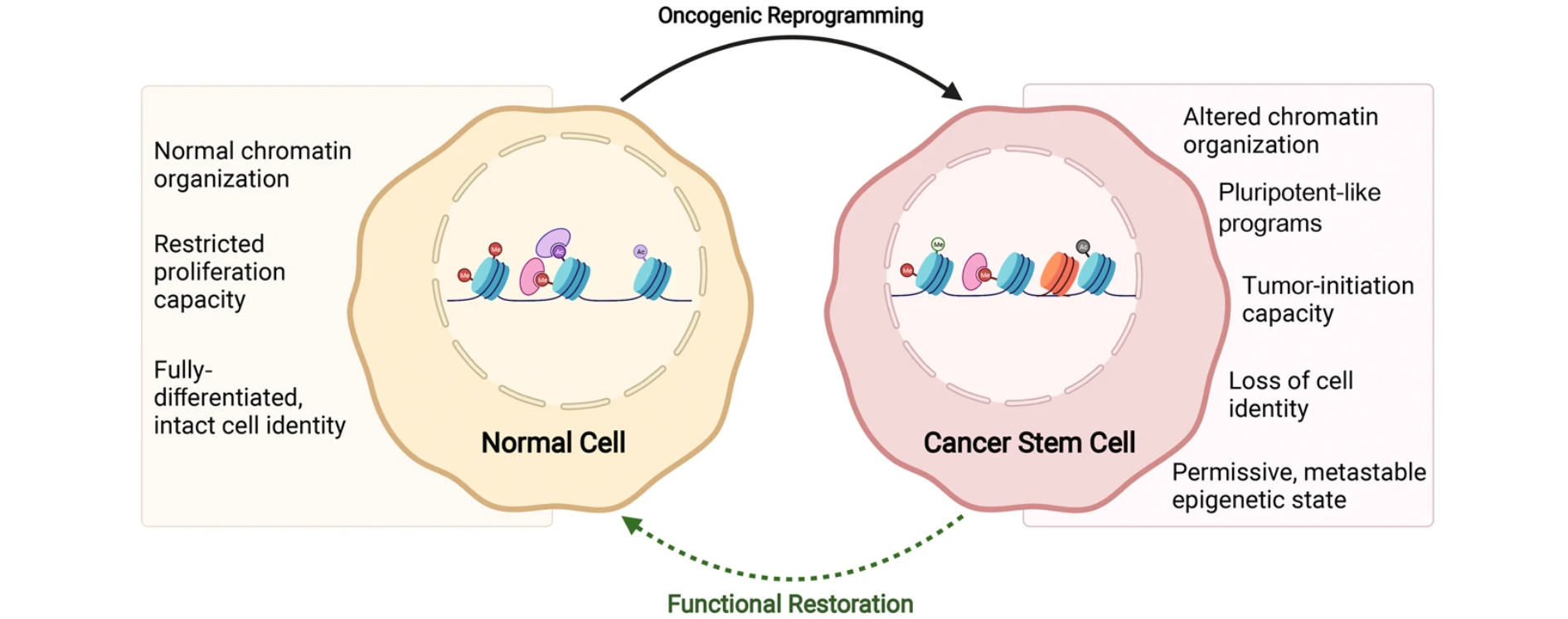Epigenetic modifications, including DNA methylation and histone modifications, play a crucial role in gene regulation and have been found to be dysregulated in various diseases, including cancer, neurological disorders, and autoimmune diseases. G9a, a histone lysine methyltransferase, is an important epigenetic enzyme that specifically catalyzes the di- and trimethylation of histone H3 lysine 9 (H3K9me2/3). Abnormal G9a activity has been implicated in several diseases, making it an attractive therapeutic target. The design of a targeted library focused on G9a inhibitors presents a promising strategy for the discovery of novel epigenetic drugs. This article discusses the compound design principles and strategies for developing a G9a targeted library.
Targeting G9a:
G9a inhibitors have gained significant attention in recent years due to their potential as therapeutics for various diseases. Inhibiting G9a-mediated H3K9 methylation can influence gene expression patterns and have a significant impact on cellular processes. Consequently, researchers have explored different approaches to target G9a, including the design and synthesis of small molecules specifically targeting the catalytic domain of G9a.
Key Considerations in G9a Inhibitor Design:
Structure-based design: The design of G9a inhibitors often involves a rational approach based on the three-dimensional structures of the G9a enzyme and its binding sites. X-ray crystallography and computational modeling techniques are used to understand the binding interactions between G9a and potential inhibitors. This knowledge aids in the rational design and optimization of compounds to achieve strong binding affinity and selectivity.
Pharmacophore modeling: Pharmacophore modeling involves identifying the essential features and spatial arrangement required for a compound to interact with the target enzyme. This approach enables the construction of virtual screening libraries and facilitates the identification of lead compounds with the desired pharmacological properties.
High-throughput screening (HTS): High-throughput screening of compound libraries is widely used in drug discovery efforts, including G9a inhibitors. Large chemical libraries can be screened to identify potential G9a inhibitors, followed by iterative medicinal chemistry optimization to improve potency, selectivity, and pharmacokinetic properties.
Fragment-based drug design: Fragment-based drug design involves the identification of small, low-molecular-weight compounds that interact with the target protein. These fragments can be further optimized to develop potent inhibitors. This approach has been successfully applied to the design of G9a inhibitors, leading to the discovery of novel chemical scaffolds and efficient hit-to-lead optimization.
Exploration of polypharmacology: G9a is part of a larger family of histone lysine methyltransferases. Designing compounds that selectively target G9a while avoiding off-target effects on related enzymes is a crucial consideration. Rational design strategies can be employed to optimize selectivity by exploiting subtle differences in the active site and binding pocket of G9a compared to other similar enzymes.
Conclusion:
Targeting G9a with a focused library of inhibitors represents a promising approach for the discovery of novel epigenetic drugs. By leveraging the principles of structure-based design, pharmacophore modeling, high-throughput screening, fragment-based drug design, and polypharmacology exploration, researchers can develop small molecules that selectively inhibit G9a, thereby modulating epigenetic mechanisms and potentially providing new therapeutic options for various diseases. Continued efforts in compound design and optimization are required to improve the potency, selectivity, and pharmacokinetic properties of G9a inhibitors, advancing their translation into clinical applications and ultimately benefiting patients in need.



